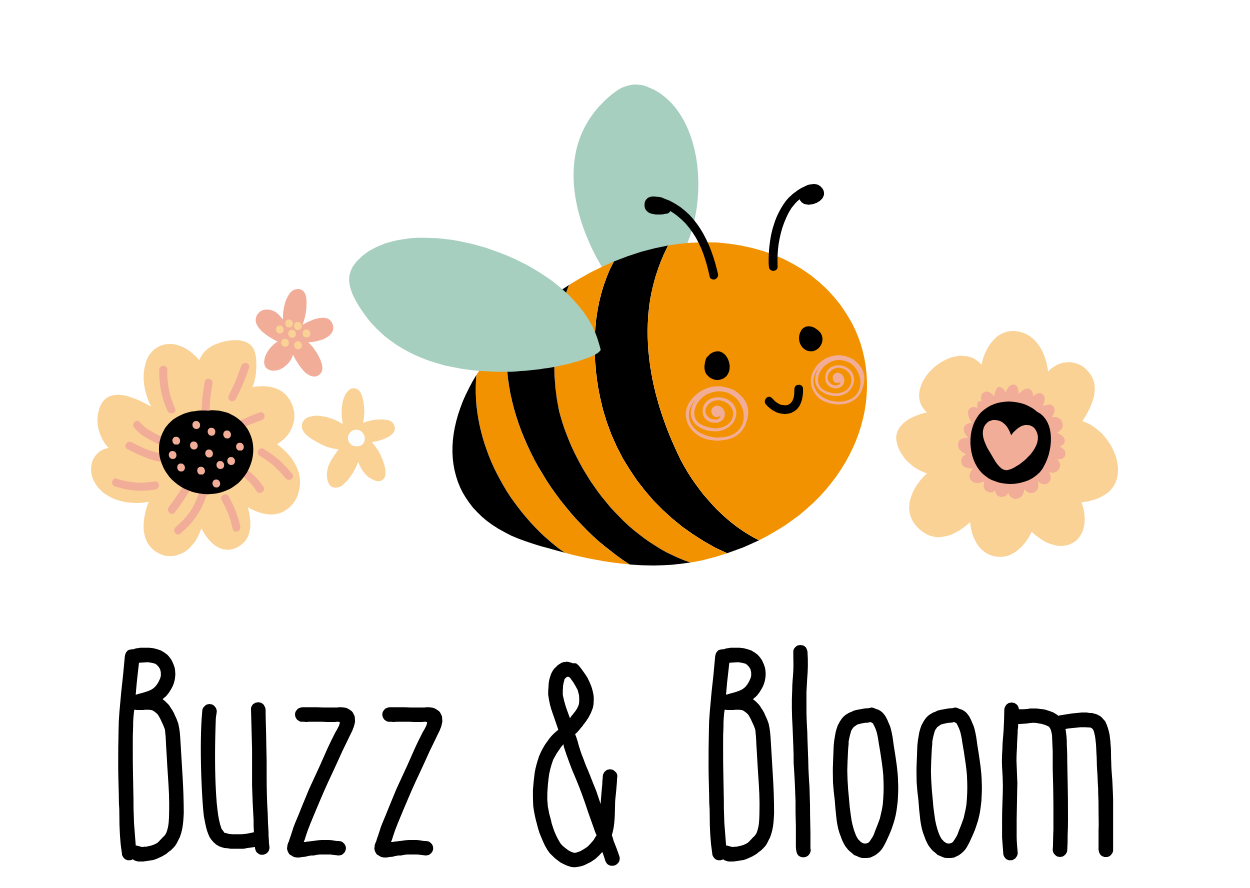Does your child love exploring, squishing, and creating? Messy play with Sensory Play Kits may look chaotic, but it’s a treasure trove for their development! From enhancing fine motor skills to sparking creativity, messy play is a powerful tool that supports your child’s growth in playful and meaningful ways. Let’s explore the incredible benefits of messy play!
What Is Messy Play?
Messy play includes activities that engage children’s senses and encourage them to explore various textures, materials, and creative possibilities. Think of activities like playing with sensory textiles and different play bases, building sandcastles, playing with water, or squishing playdough. These experiences stimulate sensory and motor development and offer endless opportunities for learning and discovery.
When toddlers engage in messy play, they immerse themselves in a world full of interesting sensations. While it might seem like just fun, it serves a crucial purpose packed with developmental benefits that help your toddler grow in multiple ways.
What Are the Benefits of Messy Play?
Messy play contributes to a child's growth in various ways. Here are some of the key benefits:
1: Sensory Development
Messy play engages multiple senses: touch, sight, smell, and sometimes taste. For instance:
- Feeling the squishy texture of playdough or the gritty sensation of sand helps children understand different tactile inputs.
- Seeing bright colors in paints or noticing the shapes of different materials encourages visual engagement.
- Smelling fragrant items like lavender-infused water creates a multi-sensory experience that fosters neural connections in the brain.
Studies show that stimulating these senses supports cognitive and emotional development, helping shape a child’s understanding of the world around them.
2: Fine Motor Skills
Activities such as squeezing, pinching, and molding materials like playdough strengthen hand muscles and improve dexterity.
- Squeezing a sponge in a water play activity works on grip strength.
- Scooping rice in a sensory bin refines hand-eye coordination.
Developing fine motor skills during early childhood is crucial, as these skills are essential for tasks like writing and cutting.
3: Creativity and Imagination
Messy play offers a fantastic outlet for creativity and imagination.
As children express themselves through art, they experiment with colors and shapes, promoting original thinking.
When creating stories from their materials, they learn to weave narratives that can enhance their verbal skills.
Research indicates that toddlers engaged in creative play show higher levels of problem-solving skills. For example, a study found that 70% of children reported feeling happier after engaging in creative activities like drawing or sculpting.
4: Social Skills
Messy play often involves collaboration with parents, siblings, or peers, creating an ideal space for social interaction.
When children share materials and take turns, it enhances their communication and interpersonal skills.
These social interactions foster friendships and teach valuable lessons about empathy and cooperation.
A survey of early childhood educators found that 85% noticed improved social interactions among children who engaged in messy play regularly.
5: Emotional Expression
Participating in messy play allows toddlers to experience a wide range of emotions.
- Creating something new can be exciting, while grappling with a failed attempt can be frustrating.
- These various experiences help children learn how to understand and express their feelings.
Emotional resilience improves when children navigate these ups and downs. Additionally, messy play can serve as a therapeutic outlet, helping children work through stress or anxiety through creative expression.
Practical Tips for Messy Play at Home
To maximize the benefits of messy play, consider these practical tips:
Choose a Designated Space
Set aside a specific area in your home for messy play where spills are acceptable.
This could be:
- An outdoor space, where cleanup is simpler.
- A playroom, lined with plastic coverings for easy cleanup.
Use Sensory Materials
Explore various materials such as playdough, sand, water, and natural items like leaves or flowers.
Encourage your toddler to engage with these materials using their hands, creating a rich tactile experience.
Keep It Simple and Engaging
Begin with simple activities that won’t overwhelm your toddler.
Let them express their creativity freely, providing guidance only when needed. Allowing exploration without a strict structure enhances imagination.
Join the Fun
Participate in messy play alongside your child. Not only does it enhance the experience for both of you, but it also strengthens your bond.
Your involvement creates opportunities for teaching about sharing, communication, and creativity.
Incorporate Themes for Learning
Consider adding themes to messy play activities for extra educational value.
For example, create:
- An ocean-themed activity with blue-colored water and seashells.
- A nature-themed activity using leaves, twigs, and pebbles.
No Mess, No Growth!
Messy play is more than just an excuse to get a little dirty. It’s a powerful tool that supports your toddler's development in many ways.
From enhancing fine motor skills to fostering creativity, messy play creates an engaging environment for exploration and growth.
So, roll up your sleeves, allow your toddler to dive into the delightful chaos, and embrace the messy magic of play!































